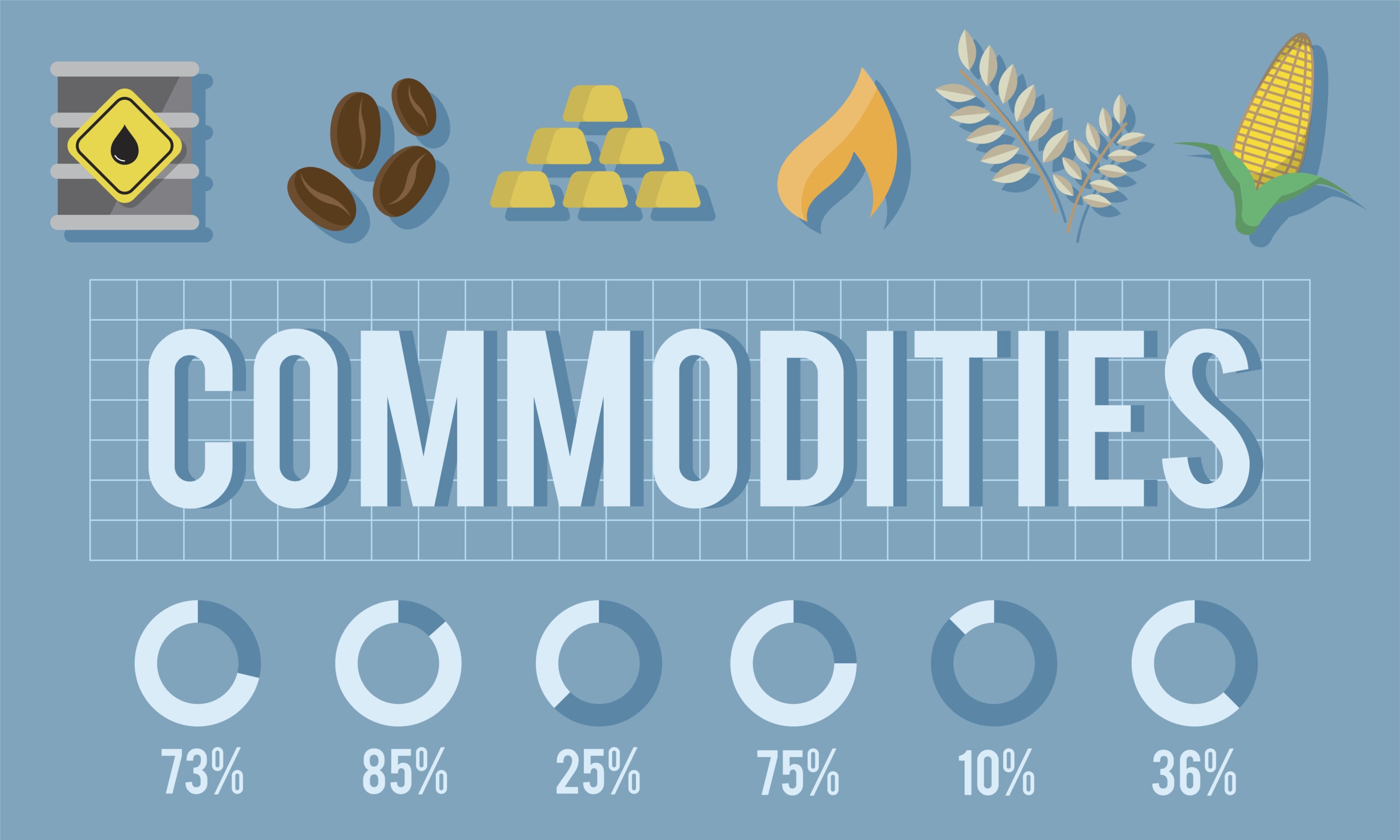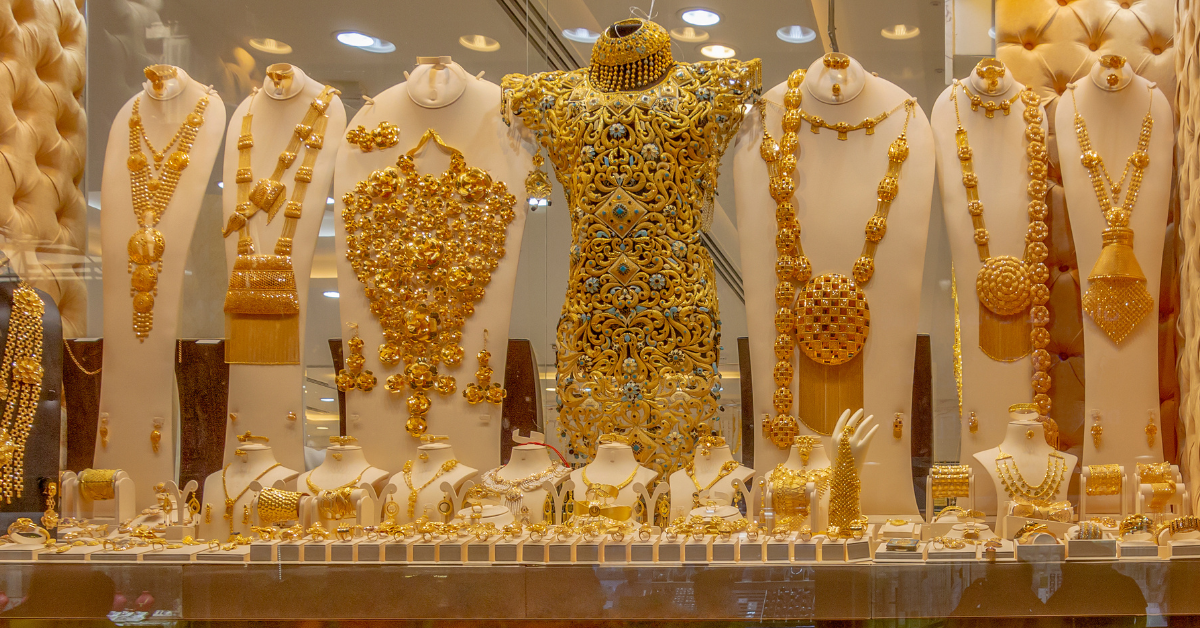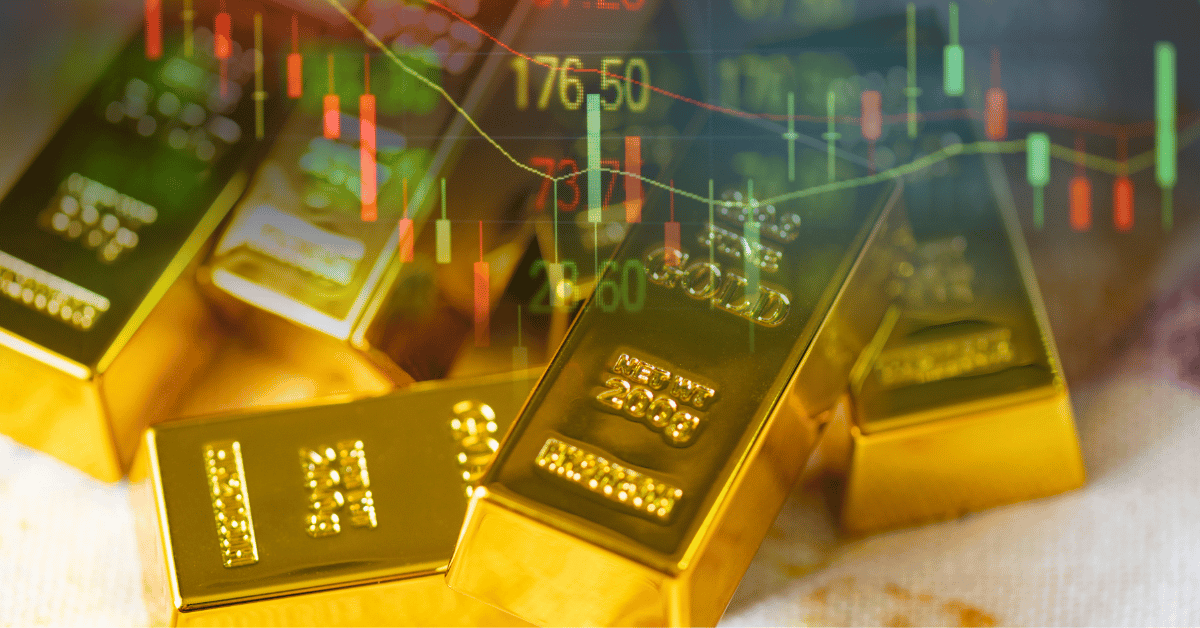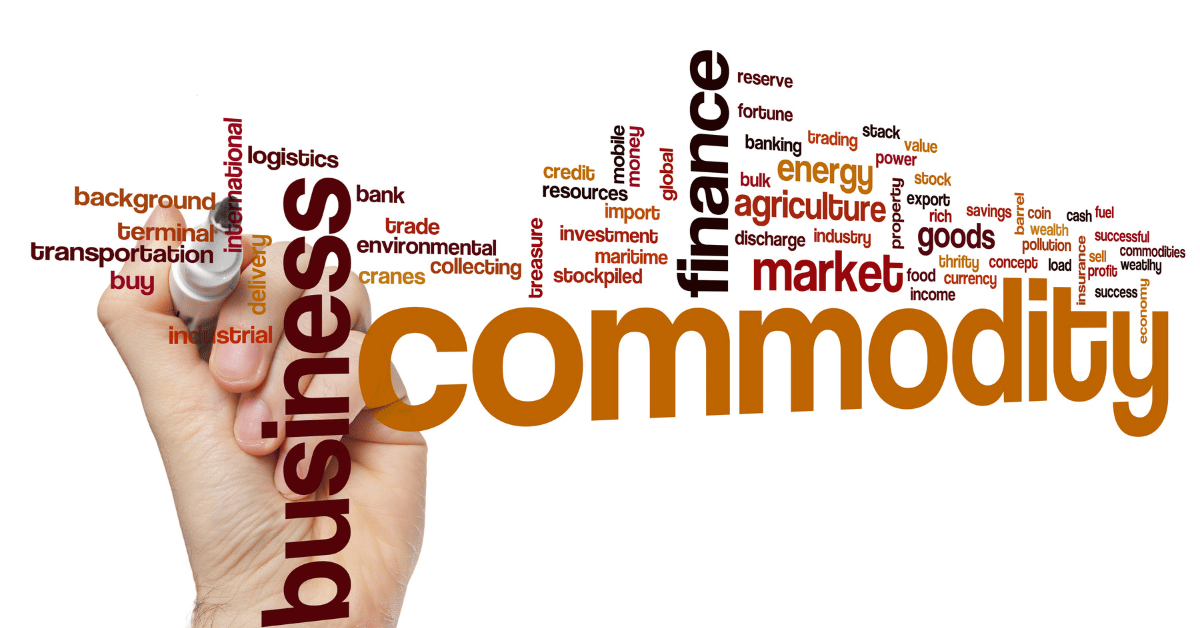What Is Commodity?
A commodity is a tangible, standardized good or raw material that can be interchanged with other products of the same type. Examples include precious metals such as gold and silver, energy resources such as crude oil, and agricultural products such as wheat and soybeans. Commodity markets allow for the purchase and sale of these goods through a variety of means, including futures contracts and exchange-traded funds (ETFs). Commodities play an important role in global trade, serving as the foundation for economic activity and providing investors with opportunities for diversification and exposure to various sectors of the market.
Types Of Commodity
Commodities can be broadly categorized into two main types:
Hard Commodities
Natural resources that are usually mined or extracted from the earth are referred to as hard commodities. Two subcategories are created from them as well:
- Metals: This category includes both industrial metals like copper, aluminum, and zinc as well as precious metals like gold, silver, platinum, and palladium.
- Energy Resources: These consist of coal, natural gas, crude oil, and other items connected to energy. Crude oil is an essential hard commodity that is essential to world trade.
Soft Commodities
Soft commodities include agricultural products as well as other perishable items. These commodities, which are often grown rather than mined, include:
- Agricultural Crops: This category includes wheat, corn, soybeans, rice, and cotton.
- Livestock: Livestock commodities include animals raised for various purposes, such as beef cattle, hogs, and poultry.
Workings of Commodity Markets
Producers and consumers of commodity products can access them in a centralized, liquid market through commodities markets. Commodity derivatives are another tool available to these market participants for hedging future production or consumption. In these markets, investors, arbitragers, and speculators are also active participants.
Commodities as an alternative asset class can help diversify a portfolio, and some commodities, like precious metals, have been considered good hedges against inflation. Some investors also rely on commodities during times of market volatility because the prices of commodities typically move against stocks.
In the past, only professional traders were able to engage in commodities trading due to the high time, cost, and skill requirements. There are more ways to trade commodities in the markets these days.
Difference Between Commodity Market Trading and Stock Trading
Most individual investors cannot afford to access the spot or derivatives commodities markets. Usually, special brokerage accounts and/or permissions are needed to gain direct access to these markets. Commodities futures-trading pooled funds, or CTAs, generally only accept accredited investors because commodities are regarded as an alternative asset class. Even so, regular investors can obtain indirect access to commodities through the stock market. There are several exchange-traded funds (ETFs) that currently track different commodities or commodities indexes, and stocks of mining and materials companies are often correlated with commodity prices.
These ETFs are available to investors who want to diversify their portfolio; however, most long-term investors will primarily hold stocks and bonds. Furthermore, trading commodities is typically best suited for people with a higher risk tolerance and/or a longer time horizon because commodity prices are typically more volatile than those of stocks and bonds.
Are Commodities Good Investments?
Commodities have risks, just like any other investment, but they can also be profitable. An investor must be knowledgeable about the commodity markets in order to invest in commodities. For instance, the political situation in the Middle East can affect oil prices, so a trader should be up to date on the latest developments there.
Investment kind is also important. While futures are more speculative and carry greater risk due to margin requirements, exchange-traded funds (ETFs) offer greater diversification and lower risk.
Nevertheless, gold in particular can be a hedge against a market downturn, and commodities in general can be a hedge against inflation.
Some Examples Of Commodity Markets
With multiple exchanges spread across the nation, the two largest commodities trading hubs in the United States are located in Chicago and New York. The CBOT is used to trade commodities such as soybeans, corn, gold, silver, wheat, oats, rice, and ethanol.
Commodities like milk, butter, lean hogs, lumber, feeder cattle, and pork bellies are traded on the Chicago Mercantile Exchange (CME).
Commodities like heating oil, propane, electricity, gold, silver, copper, aluminum, palladium, and platinum are traded on the New York Mercantile Exchange (NYMEX).
ICE Futures U.S. commodities include coffee, cocoa, orange juice, sugar, and ethanol on its exchange; it was formerly known as the New York Board of Trade (NYBOT).
Intercontinental Exchange “Energy – Futures & Options: Biofuels, Energy”. Two well-known international commodity exchanges are the Tokyo Commodity Exchange and the London Metal Exchange.
Frequently Asked Question
1. What exactly is a commodity?
A commodity is a tangible, standardized good or raw material that can be interchanged with other products of the same type. Examples include precious metals like gold and silver, energy resources like crude oil, and agricultural products like wheat and soybeans.
2. What are the main types of commodities?
Commodities can be broadly categorized into two main types: hard commodities and soft commodities. Hard commodities include natural resources like metals (e.g., gold, copper) and energy resources (e.g., crude oil, natural gas). Soft commodities consist of agricultural products like wheat, corn, and livestock.
3. How do commodity markets work?
Commodity markets provide a centralized platform for the buying and selling of commodity products. Participants in these markets include producers, consumers, investors, arbitragers, and speculators. Commodity derivatives, such as futures contracts, are commonly used for hedging future production or consumption.
4. Why do investors consider investing in commodities?
Commodities can serve as an alternative asset class that helps diversify investment portfolios. Some commodities, like precious metals, are considered good hedges against inflation. Additionally, during times of market volatility, commodity prices often move inversely to stock prices, providing investors with a potential hedge.
5. How can individual investors access commodity markets?
While direct access to commodity markets may require special brokerage accounts or permissions, individual investors can indirectly access commodities through exchange-traded funds (ETFs) that track commodity prices or commodities indexes. Stocks of mining and materials companies are also correlated with commodity prices and can be another way for investors to gain exposure to commodities.
6. Are commodities good investments?
Commodities carry risks like any other investment, but they can also be profitable. Investors should be knowledgeable about commodity markets and factors that influence commodity prices, such as geopolitical events and supply-demand dynamics. The investment type (e.g., futures vs. ETFs) also plays a role in determining risk and return potential.
7. What are some examples of commodity markets?
Major commodity trading hubs include exchanges in Chicago, New York, Tokyo, and London. These exchanges facilitate the trading of various commodities, including agricultural products, metals, energy resources, and more. Examples of commodity exchanges include the Chicago Board of Trade (CBOT), Chicago Mercantile Exchange (CME), New York Mercantile Exchange (NYMEX), and the Intercontinental Exchange (ICE).





